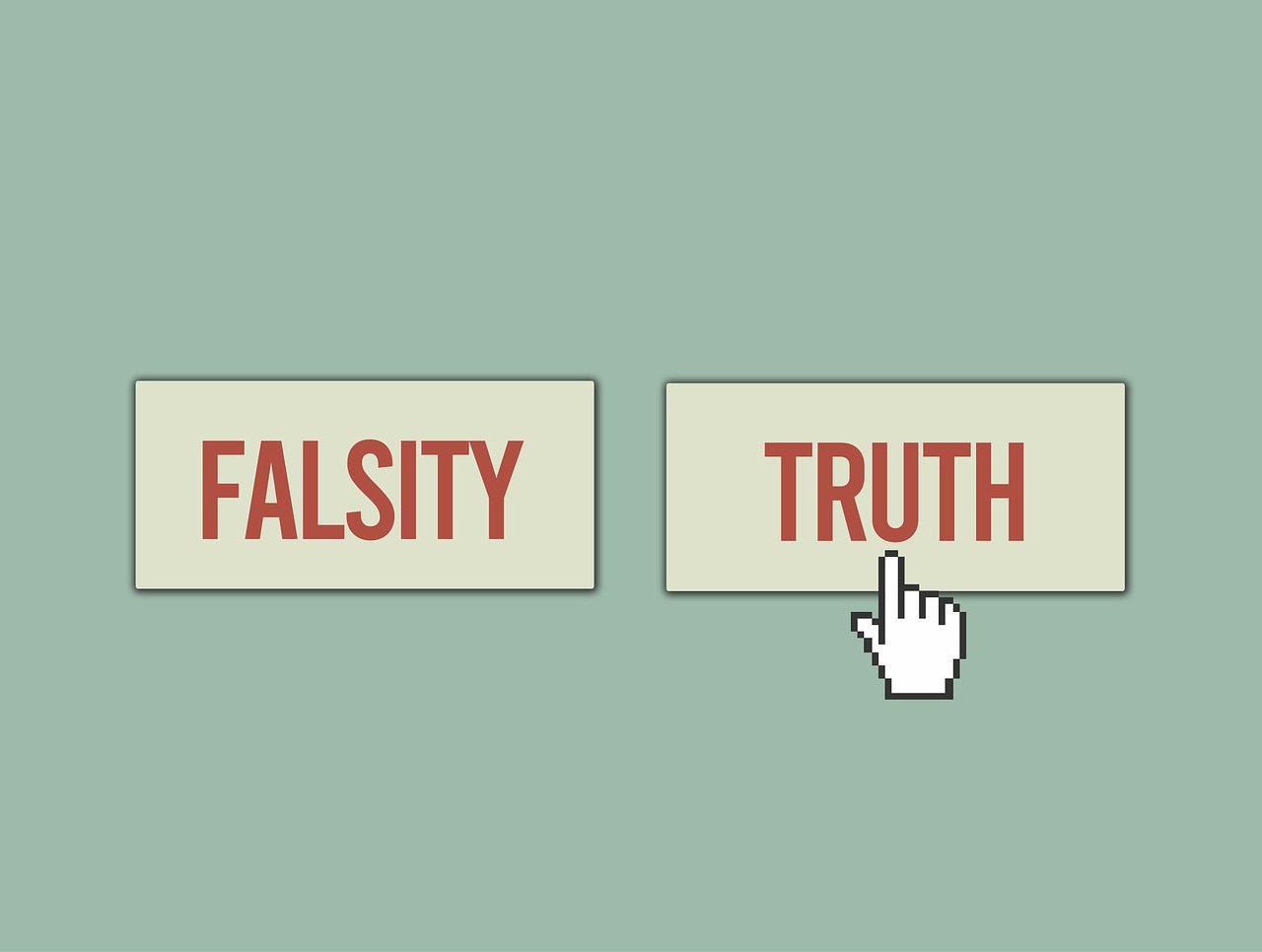
The Enigma of Ruby Boolean (or the lack thereof)
RubyImagine this: You wake up half-asleep to discover Darth Vader in a rage. He’s furious because the count of active stormtroopers he sees on the system you coded doesn’t align with the Imperial Army data.
It’s a sev-0 bug, and your life is on the line.
Without hesitation, you dive into debugging mode:
legion501 = stormtroopers.select{ |trooper| trooper.alive and trooper.commander == "Dark Lord" }
All seems well until you click on alive in your IDE and navigate to its definition. To your dismay, you discover that
a rookie trooper added this code (without any tests (╥﹏╥)), and instead of assigning a boolean value, they’ve assigned
integer values.
“Not a big deal,” you think, assuming that 0 implies false and 1 implies true always.
irb> StormTrooper.all.to_a.select{ |trooper| not trooper.alive }
With that assumption, you embark on your testing journey, only to get all the stormtroopers.
“Surely, not so many can still be alive”, you ponder, now casting doubt on the library implementation
irb> 0 ? "true" : "false"
=> "true" # Hmm..it must be reversed in ruby. 1 must be false now
irb> 1 : "true" : "false"
=> "true"
irb> what the heck ruby
(irb):in `<main>': undefined local variable or method `ruby' for main (NameError)
Confused by the situation, you proceed to change alive to accept boolean values — true and false — and,
surprisingly,
this resolves the issue.
You manage to avert the risk to your life and, growing more curious, delve into understanding the intricacies at play.
Lack of Boolean in Ruby
What is the point of 0 or 1 or any number to be accepted for a boolean parameter if everything is going to be evaluated to
true?
Why is onlytrueandfalseactuallytrueandfalserespectively?
In other higher languages such as Python, 0 is treated as False and 1 as True because bool is a subclass
of int. So it’s not that the integers are evaluated to boolean values but integers have the boolean value.
>>> False == 0
True
>>> False == 1
False
>>> True == 1
True
>>> True == 0
False
All of this makes perfect sense. Then why not Ruby?
irb> 0.class.ancestors
=> [Integer, Numeric, Comparable, Object, PP::ObjectMixin, Kernel, BasicObject]
irb> true.class.ancestors
=> [TrueClass, Object, PP::ObjectMixin, Kernel, BasicObject]
Weirdly, there are no common ancestors between integer class and boole..? No boolean class here?!
irb> false.class.ancestors
=> [FalseClass, Object, PP::ObjectMixin, Kernel, BasicObject]
Not only there is no Boolean class but true and false have their own classes!?
Don’t
trueandfalsehave so much in common? It should make sense to keep them under the same class.
irb> false.methods.count
59
irb> true.methods.count
59
# Aha, language fault possibly
irb> (false.methods & true.methods).count
59
irb> (false.methods & true.methods) - Object.methods
=> [:&, :|, :^]
# Most definitely
They only have three methods precisely in common with each other (╭ರ_•́)
irb> true & true
=> true
irb> false & false
=> false
irb> true | false
=> true
irb> false | false
=> false
irb> true ^ true
=> false
irb> false ^ true
=> true
It is evident from the above snippets that true and false share exactly opposite behaviour. There is nothing common
between them (except the methods that are common to all objects) for us to move it to a single Boolean class.
To sum it up
true and false are indeed the very opposite of each other by nature. Something can be true or not true, i.e., false,
its antithesis. If there is nothing similar between two objects, then what is the point of grouping them? Thus, there is
no common class for true and false in Ruby.
There remains yet a mention of the special class: NilClass
nil value means nothing, nada, devoid of everything. If there is nothing, then you don’t do anything and so, it is
treated as false.
But why not 0 then?
Because 0 represents something. Similarly, empty arrays, strings, and hashes are simply empty and not nothing. That is why, except for false and nil, everything is truthy in Ruby.
Remember that this is Ruby, one of the most dynamic languages. There is no boolean because TrueClass and FalseClass
suffices everything we need until now. If you think it doesn’t, then by all means, go ahead and create an encompassing
class. After all, Ruby’s philosophy is giving freedom to its users to choose.